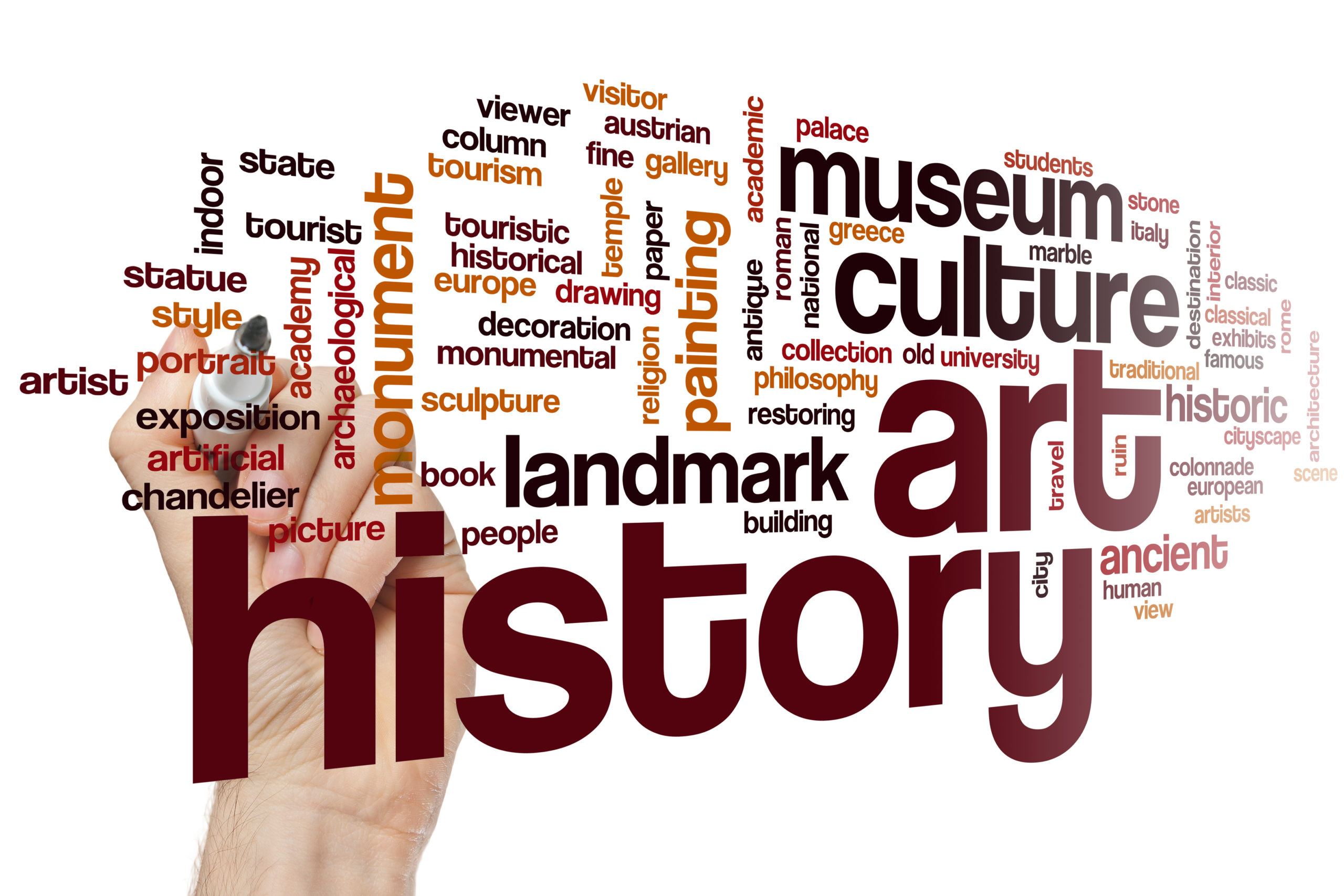Art History

Art History is an ideal course for those who want to work in the arts. A love of art does not necessarily mean the desire to be an artist.
Types of Roles Available
Arts administrators are people who ensure that artists and performers earn a living and are able to show their work to the general public. This can mean organising festivals or exhibitions, implementing art and cultural policies, and working in the business sector of the arts world.
Art historians will study the great contribution that artists have made to human history over the years. They are generally less involved in day-to-day practices. They also take a more critical, analytical view of artistic achievement.
Education
People who wish to enter Arts Administration generally take an Arts, Business, or Humanities course first. Once they have done this they can specialise in their area of interest (art history, music, marketing, public relations), before doing a postgraduate qualification in Arts Administration or Management.
Students who are interested in Art History have a number of options available to them. These include degree courses in Art History. The History of Art is also a subject on many general arts courses. Students taking Fine Art courses will usually study the History of Art as part of the course.
Art history courses cover subjects such as:
- Introduction to European Painting
- Art and the Modern World
- History of Architecture
- Classical Antiquity
- Irish Painting
Students generally take core subjects and then specialise in the area in which they are most interested.
After Qualification
Jobs in the art history and arts admin areas are highly sought after careers and therefore there is a lot of competition arounf them. You may have to take a different role within an organisation and work your way up to your desired position. Some arts administrators choose to specialise in a particular area, such as marketing or sponsorship.
Professional art historians often go on to further postgraduate study and research. The critical analysis, general knowledge and research and writing skills gained during an Art History degree are also useful for a wide range of other careers from law to business to the media.
The Work
Arts administrators usually work for cultural organisations or businesses including galleries, museums, theatres, festival organisers, arts centres, arts councils, disability-focused arts organisations, regional arts boards and local authorities.
An arts administrator’s work varies from person to person. This work often infludes work in things like; arts programme development, research, public relations, public information services, grant and funding allocation, advertising, project management and general/financial administration. In larger organisations, you might concentrate on one aspect of administration, such as marketing, whereas in smaller organisations the job is likely to include everything from booking the caterers to soothing the artists!
The role of the art historian is a very niche career path, working for universities, galleries or organisations, curating and organising exhibitions, performing further research and study, teaching or lecturing and communicating their knowledge to the public through writing reviews, articles and books.
Personal Qualities & Work Environment
To succeed in arts administration you would need to have good organisational and management skills and the ability to work under pressure and to deadlines. You should expect irregular hours, as much of what constitutes the arts takes place outside the normal nine-to-five routine. Unsurprisingly, a genuine interest in the arts is mandatory.
Art historians usually work in a gallery, educational or media environment. Useful personal qualities for the role include strong critical and writing skills and dedication to your chosen field.


Leave a comment